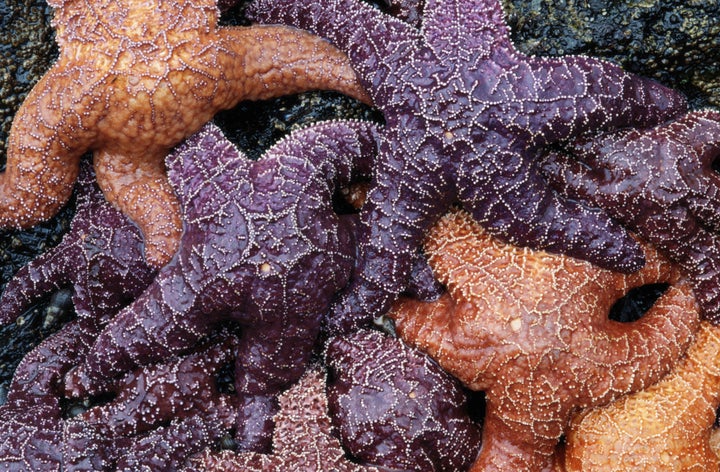
The tide may be turning for a keystone species.
Scientists at Oregon State University announced in early May that they have found an abundance of baby ochre sea stars -- a starfish known for its brilliant purple and occasionally orange, red or brownish coloring -- in the Pacific Northwest. What makes this discovery notable is that it occurred just two years after the species suffered from a severe epidemic called “sea star wasting disease.”
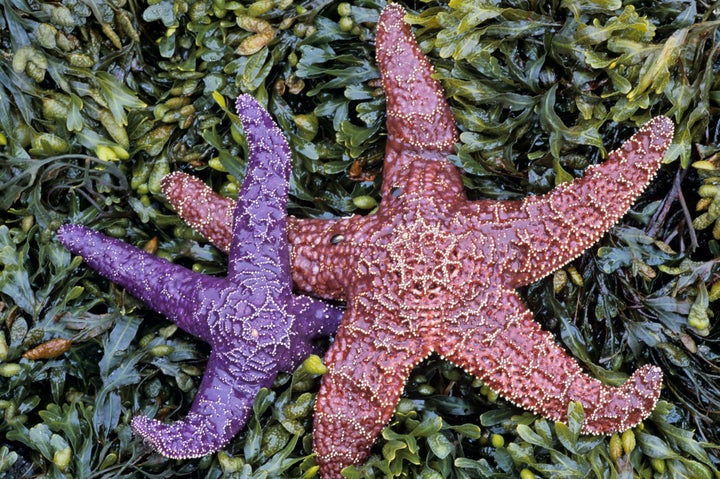
“When we looked at the settlement of the larval sea stars on rocks in 2014 during the epidemic, it was the same or maybe even a bit lower than previous years,” Bruce Menge, a professor of marine biology at Oregon State University and lead author on the study, said in a press release. “But a few months later, the number of juveniles was off the charts — higher than we’d ever seen — as much as 300 times normal.”
Yet the reason isn’t a recent baby boom.

“It wasn’t a case of high settlement, or more sea stars being born. They just had an extraordinary survival rate into the juvenile stage. Whether they can make it into adulthood and replenish the population without succumbing to sea star wasting disease is the big question.”
Menge and his team believe the reason behind the high survival rate is simple. Young sea stars and adults compete for the same food source. But because there are not many adults due to disease, the kiddies had more food, or a temporary seafood smorgasbord, if you will.
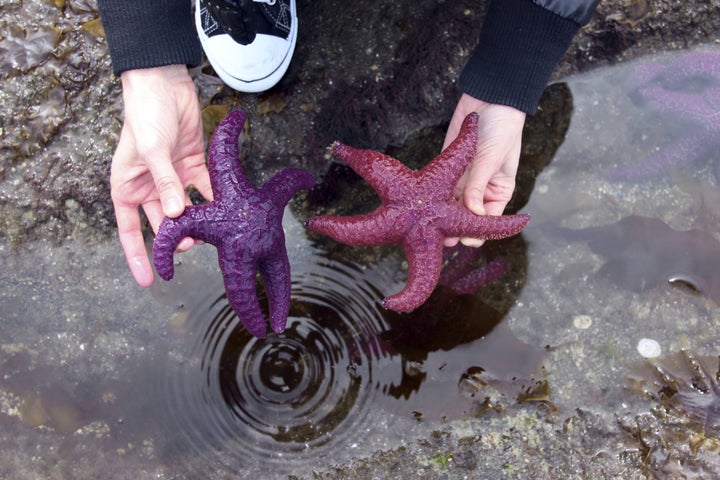
Ochre sea stars (or Pisaster ochraceus), eat mostly barnacles and mussels and these key factor in their diet makes them a keystone species — or a species that has a huge impact on its ecosystem. If starfish are not available to eat barnacles and mussels, these populations will explode and crowd out other species like algae and small invertebrates.
The OSU researchers also found in their study that gooseneck barnacles have erupted along the Pacific coast, most likely because the lack of adult sea stars.
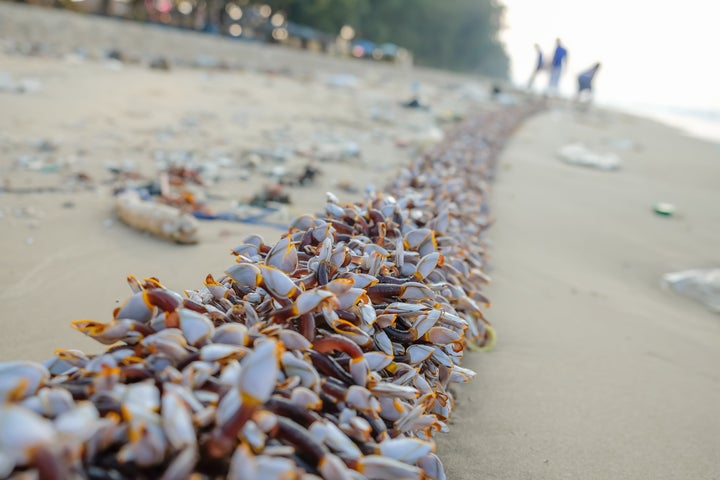
Sea star wasting disease first appeared in the Pacific coast in the summer of 2014. Starfish that contracted the disease would first develop twisted arms, lesions, lost arms and then finally disintegrated or “melted” completely. The epidemic spread from Alaska to Baja, California, and wiped out 80 to 99 percent of the ochre sea star population.
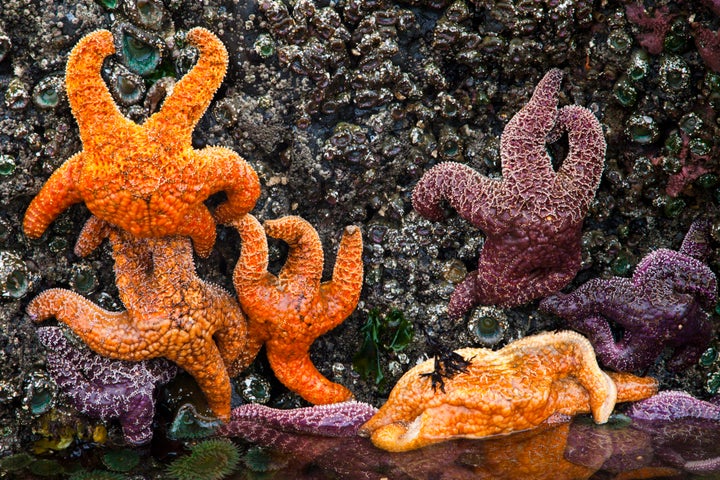
Interestingly, starfish have been living with the virus for decades and scientists have found traces of it in preserved starfish that date back to the 1940s.
“It’s probably been sort of smoldering at a low level for a very long time,” Ian Hewson, a microbiologist at Cornell University, told PBS.
Some scientists believe that the disease was triggered by warmer water temperatures, but Menge — who has been studying intertidal rocky zones at different sites for over 30 years — thinks that theory is too simplistic. He points out that when the virus hit the coast of Oregon, water temperatures were actually colder than usual.
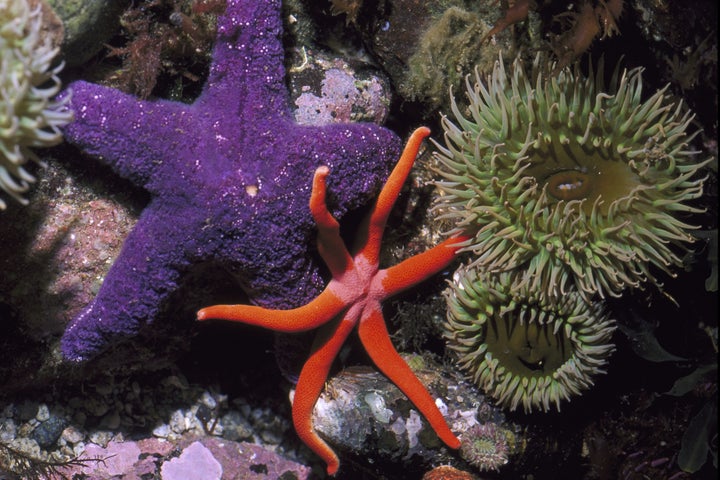
“We don’t think it was a result of warming because conditions were different in Oregon than they were, for example, in Washington and likely other parts of the West Coast,” he said. “Ocean acidification is one possibility and we’re looking at that now. Ultimately, the cause seems likely to be multi-faceted.”


